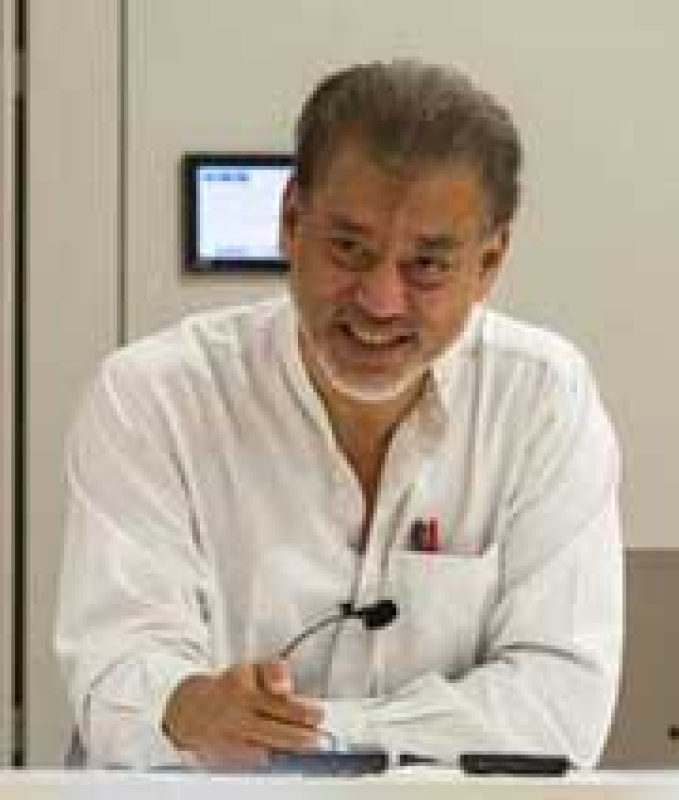- Trump considering military options on Greenland; Europe rejects |
- Fertiliser crunch threatens Kushtia’s onion boom despite high prices |
- Security Council Divided on United States' Venezuela Action |
- Over 1.53m voters register for postal balloting: Shafiqul Alam |
Trump’s Tariff Threats Pressure Southeast Asian Nations

Jomo Kwame Sundaram
US President Donald Trump has successfully used tariff threats to achieve economic, political, and even personal goals. These threats—reminiscent of colonialism—have secured submission and concessions from trading partners.
After the 2024 US elections, Indonesian President Prabowo Subianto stood respectfully in his Jakarta office to call and congratulate the winner.
In mid-July 2025, Trump boasted about a new tariff deal with Indonesia, lavishly praising its president. After initial hesitation, the former general agreed to join BRICS, despite Trump’s clear disapproval.
“I spoke to their really great president—very popular, very strong, smart. And we made the deal. We will pay no tariffs… they are giving us access to Indonesia… the other part is they are going to pay 19%, and we are going to pay nothing.”
An Indian commentator observed, “Those words say it all. This deal is clearly one-sided and should concern the entire world.”
In reality, Americans—not Indonesians—will pay tariffs on imports from Indonesia. The US is Indonesia’s second-largest export market, buying apparel, palm oil, footwear, and cosmetics. Trump initially threatened a 32% tariff on these goods.
Though later reduced to 19%, this is still nearly four times higher than last year’s average of 5%. Despite this, the Indonesian president has not protested and instead appeared relieved.
Indonesia is likely to lose exports, growth, and jobs. Trump, never missing a chance to boast, repeated:
“They will pay 19%, and we will pay nothing.”
Indonesia has also agreed to buy $15 billion in US oil and gas, $4.5 billion in farm produce, and 50 Boeing jets. However, the 2019 Lion Air tragedy, which Boeing swiftly blamed on Indonesian pilots, still haunts the national memory.
Boeing’s global reputation has not recovered, especially after the Nairobi crash of the same aircraft model, which led to its grounding.
Indonesia ranks among the US’s top 25 trade partners. The deal secures American access to Indonesian markets, allowing US goods to enter tariff-free.
Last year, Indonesia exported $28 billion worth of goods to the US. New tariffs are expected to reduce exports by 25%, GDP growth by 0.3%, and cause significant job losses.
The Philippines’ Marcos Jr. government—widely seen as the most pro-US in Southeast Asia—hosts 11 American military bases.
Yet, it was the only country in the region without a US tariff offer before Secretary of State Rubio’s visit in early July. Now, it too has received a new 19% tariff deal, despite years of loyalty to Washington.
Long-term strategic support—11 bases and positioning as an “unsinkable aircraft carrier” near Taiwan—did not earn Manila a better deal.
Trump appears to seek trade deals even more favourable to the US than existing ones. With deadlines expiring, more trade announcements are expected soon.
Decades of forced trade liberalisation in the Global South have made such tariff threats more effective, undermining self-reliance and food security.
Washington often revises its trade demands multiple times, typically to the frustration of its partners. Vietnam was initially believed to have secured a more balanced deal, though results remain unclear.
Could the US-Indonesia deal become a template for others, even for countries of similar global economic weight?
Perhaps Trump’s method is to start with shock-and-awe threats, followed by a less painful deal presented as a concession. Even if the final deal is worse than the previous status quo, it still seems better than the original threat.
Such deals often require buying US goods, even if they are not needed or overpriced.
Nations are now studying how to negotiate better with Washington. The US, however, refuses to negotiate collectively, except with the European Union.
Following Monday’s agreement in Scotland, a 15% baseline tariff will now apply to most EU exports to the US.
The US-EU deal confirms what many critics argue: the West, including Europe, has never truly upheld a rules-based international order, especially regarding multilateral trade.
Since US buyers bear the tariffs, imported goods become more expensive, reducing consumption. For US trading partners, this means lost exports, lower growth, and fewer jobs—leading to global economic stagnation.
Still, most Southeast Asian governments believe they have little choice but to keep negotiating with the US—despite feeling pressured to look elsewhere for more favourable and fair partnerships.

